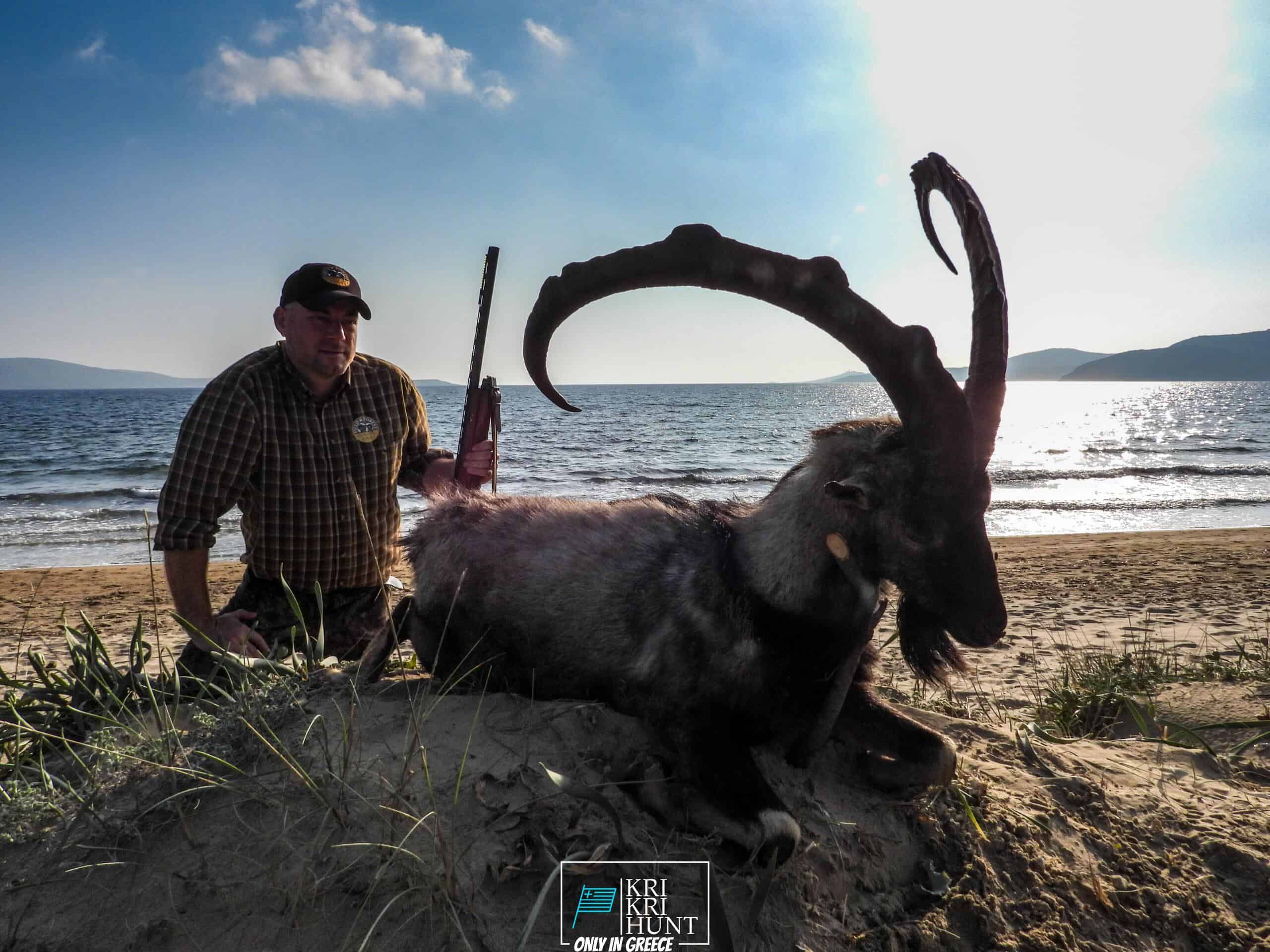
Hunting for Kri Kri ibex in Greece is an incredible getaway as well as an interesting hunting expedition all rolled into one. For the majority of hunters, ibex hunting is a challenging endeavor with miserable problems, however not in this case! Throughout five days of exploring old Greece, diving to shipwrecks, and spearing, you'll experience stunning Kri Kri ibex on an exotic island. What else could you desire?

This Ibex is not a petite kind of the Bezoar Ibex, which has actually migrated to the western edge of its array. The kri-kri (Capra aegagrus cretica), likewise referred to as the Cretan goat, Agrimi, or Cretan Ibex, is a wild goat native to the Eastern Mediterranean. The kri-kri (Capra aegagrus cretica), a feral goat inhabiting the East Mediterranean, was as soon as thought to be a subspecies of wild goat. The kri-kri has a light brown coat with a darker neck band. Their two sweeping horns rise from their head. The kri-kri is a cautious and also shy animal in the wild, resting during the day. They can jump cross countries or climb up seemingly sheer cliffs.
What to Expect on a Peloponnese Tour? You can expect to be blown away by the all-natural elegance of the area when you schedule one of our searching and touring Peloponnese Tours from Methoni. From the excellent beaches to the forests as well as hills, there is something for every person to enjoy in the Peloponnese. On top of that, you will certainly have the opportunity to taste some of the very best food that Greece has to provide. Greek food is renowned for being tasty and also fresh, and you will absolutely not be let down. One of the best parts about our scenic tours is that they are developed to be both fun and academic. You will learn about Greek history as well as culture while likewise getting to experience it firsthand. This is an amazing possibility to submerse on your own in everything that Greece needs to provide.
Experience 'Real' Greece with Our Peloponnese Tours. If you're looking for a genuine Greek experience, look no more than our Peloponnese excursions. From old ruins and also castles to tasty food and a glass of wine, we'll show you everything that this incredible region needs to offer. So what are you waiting for? Schedule your trip today! Your Kri Kri ibex searching in Greece is below!
What is the diference between Kri Kri ibex, Bezoar ibex and hybrid ibex
The kri-kri is not thought to be indigenous to Crete, most likely having been imported to the island during the time of the Minoan civilization. Nevertheless, it is found nowhere else and is therefore endemic to Crete. It was common throughout the Aegean but the peaks of the 8,000 ft (2,400 m) White Mountains of Western Crete are their last strongholds–particularly a series of almost vertical 3,000 ft (900 m) cliffs called ‘the Untrodden’—at the head of the Samaria Gorge. This mountain range, which hosts another 14 endemic animal species, is protected as a UNESCO Biosphere Reserve. In total, their range extends to the White Mountains, the Samaria National Forest and the islets of Dia, Thodorou, and Agii Pandes.
This Ibex is NOT a diminutive form of the Bezoar Ibex, which has migrated into the western-most reach of the range of this species. The kri – kri (Capra aegagrus cretica), sometimes called the Cretan goat, Agrimi, or Cretan Ibex, is a feral goat inhabiting the Eastern Mediterranean, previously considered a subspecies of wild goat. The kri-kri has a light brownish coat with a darker band around its neck. It has two horns that sweep back from the head. In the wild they are shy and avoid tourists, resting during the day. The animal can leap some distance or climb seemingly sheer cliffs.
“The agrimi goat Capra aegagrus cretica is unique to Crete and its offshore islands. It has been identi®ed as a sub-species of the wild bezoar goat Capra aegagrus aegagrus Erxleben, 1777, which it closely resembles in horn shape, body form and coloration. This classi®cation has been disputed by some researchers who claim that the agrimi are feral goats, derived from early domestic stock brought to the island by the ®rst Neolithic settlers. In order to clarify this issue, DNA analyses (cytochrome b and D loop sequences) were carried out on tissue of live and skeletonized agrimi and compared to sequences of wild and domestic caprines. Results conclusively show the agrimi to be a feral animal, that clades with domestic goats (Capra hircus) rather than with wild Asiatic bezoar. This study demonstrates that morphometric criteria do not necessarily re¯ect genetic af®nities, and that the taxonomic classi®cation of agrimi should be revised.”